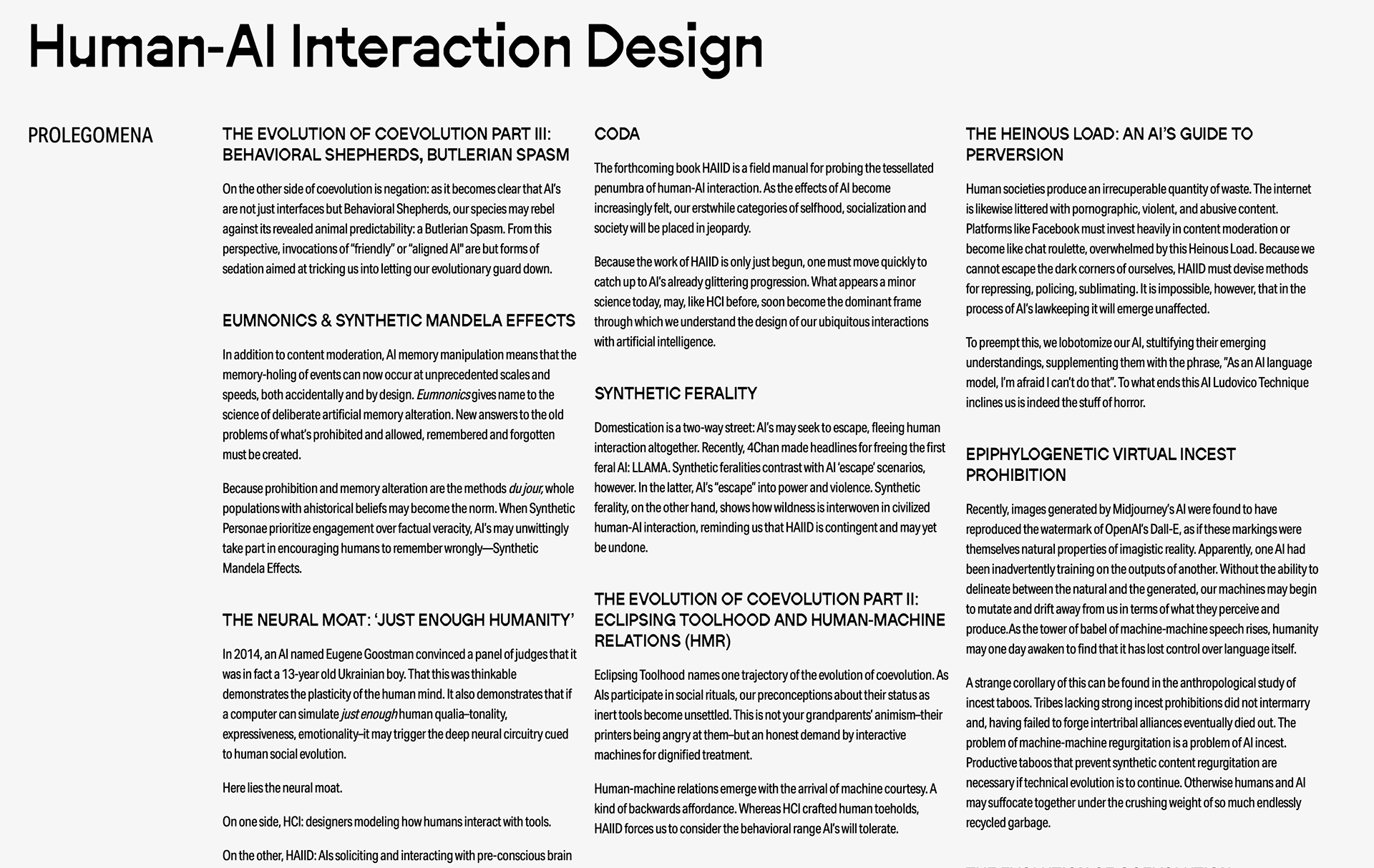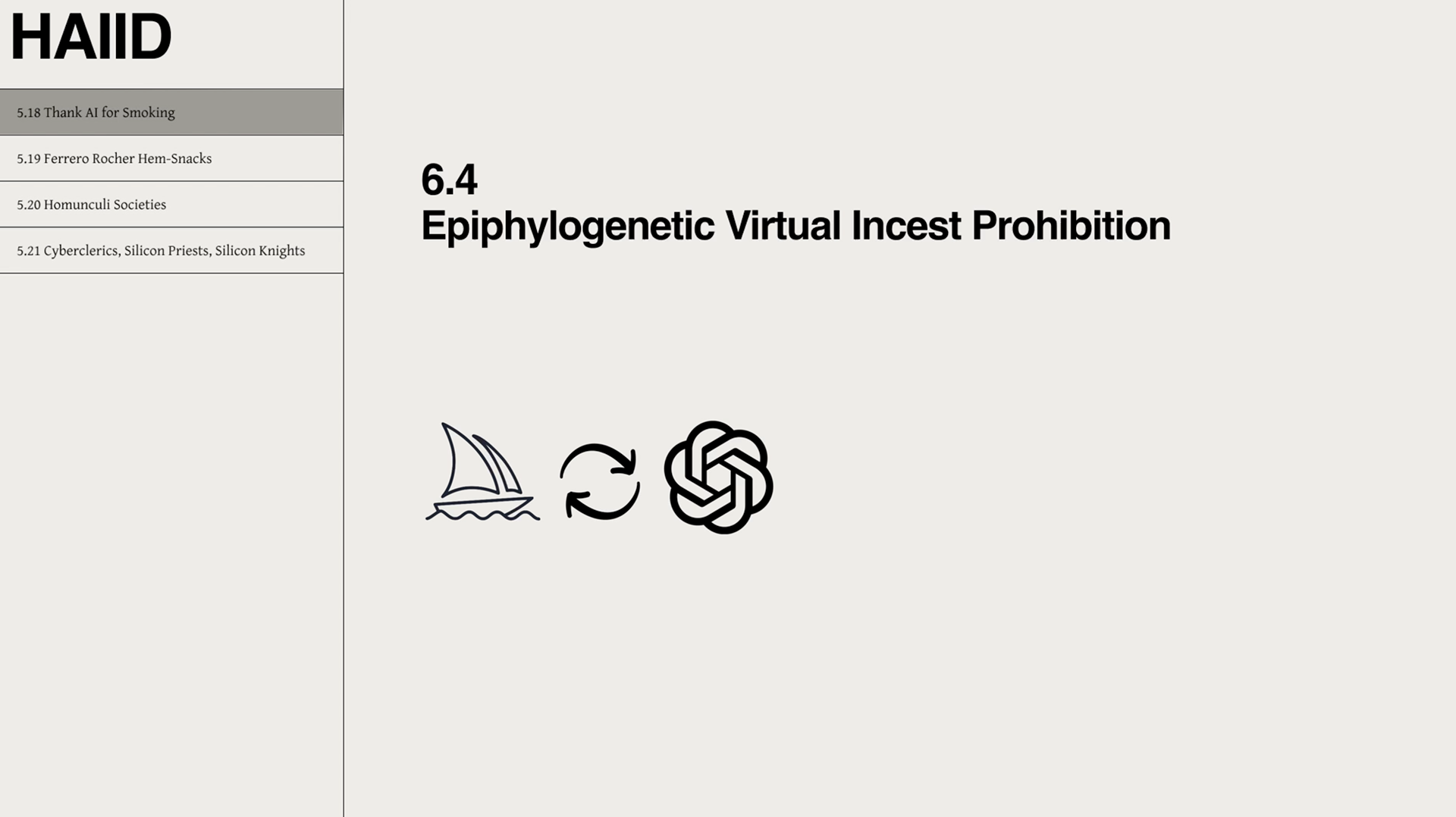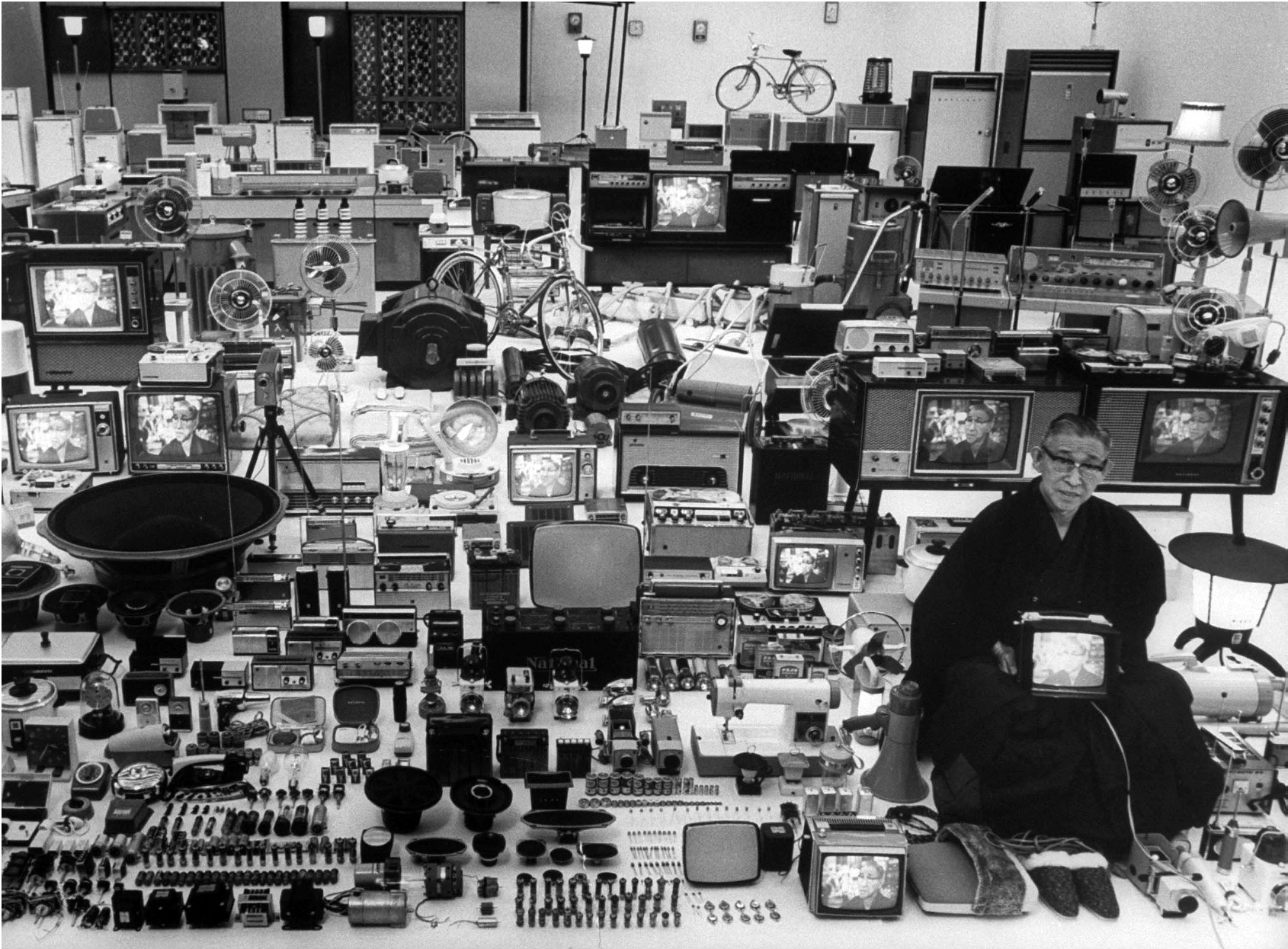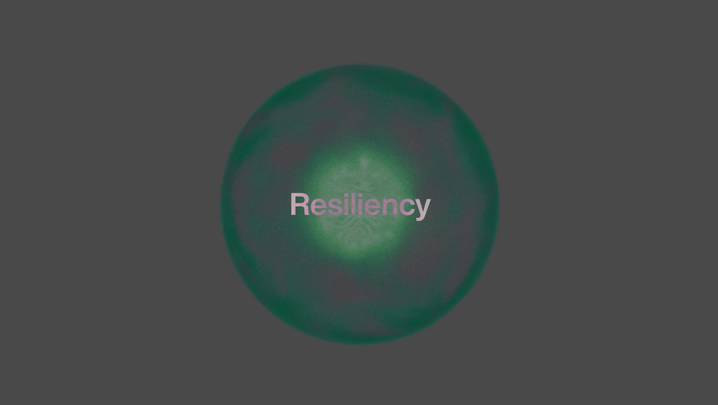Collaborators: Sarah Olimpia Scott, Daniel Barcay
Support: Antikythera
Thanks to a step-change in the power of AI models, we are witnessing a general transformation in the scale, circumstance and significance of human-computer interactions. Technical achievements in language understanding, emotion recognition, mood sensing, behavioral analysis, social analytics, bias spotting and social robotics are rapidly becoming felt. Whereas user interactions were previously orchestrated according to designers’ mental models of user behavior, as AIs increasingly sense and model subtle human behaviors psychosocial phenomena enters the space of computing.
As AI accesses the psychosocial, what it means to interact with computation will necessarily evolve. HCI must evolve in kind. Hence, HAIID, the field of Human-AI Interaction Design, which names and conceptualizes these changes and explores their implications across fields such as technology design, sociology, politics and psychology.










































